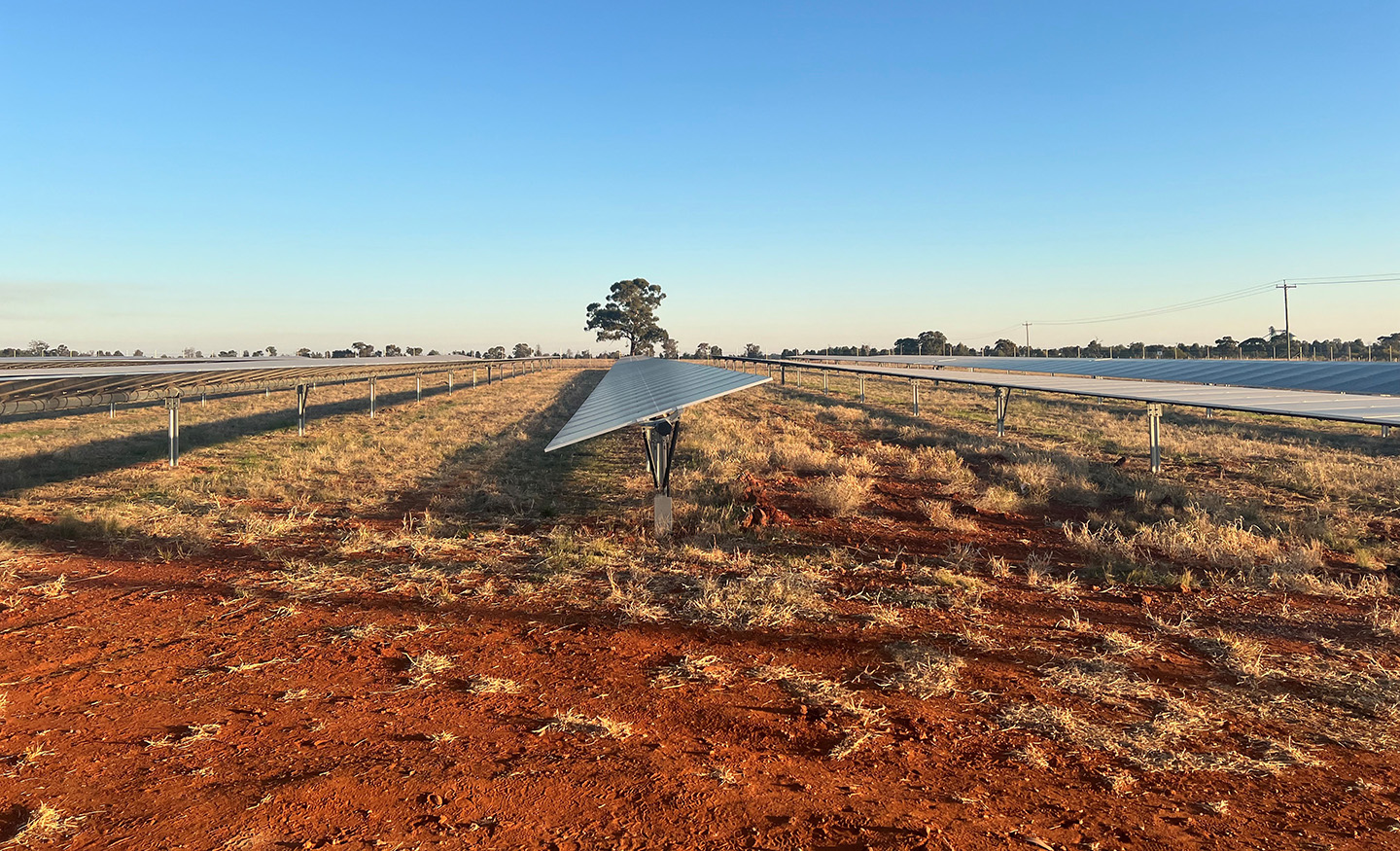The Haystacks Solar Garden is changing the game for solar energy in Australia, as the country’s first large-scale solar garden designed specifically for renters and those who cannot install solar on their own rooftops.
It makes solar power accessible and offers a new way for people to engage with clean energy.
The garden is located on Farmer Gemma Purcell's land, and is part of the Grong Grong Solar Farm. The Grong Grong Solar Farm generates 1.5 MW, which is enough electricity to power around 700 homes, slashing NSW’s carbon dioxide emissions by about 2,700 tonnes a year.
Kim Mallee, Program Director for the Community Power Agency, highlights the project's revolutionary approach.
“Haystacks Solar Garden is like a community garden for solar energy. It’s designed for those without suitable rooftops—renters, people with shady or heritage-listed roofs. If you want solar power but lack the space, you simply buy a plot and benefit from the energy produced.”
A thriving solar community

This inclusive model opens the door to clean energy for many who were previously excluded.
Over 170 participants—primarily city dwellers—have purchased a plot for $4,200, providing about 3 kilowatts of solar panels. In return, they enjoy substantial savings: at least $455 off their power bills every year for a decade, with guaranteed returns of $505 annually for the first 5 years.
This model not only reduces electricity costs but also integrates participants into a thriving solar community.
Jean Hay, one of the garden's participants, captures its significance:
“We’re making history here with Haystacks Solar Garden. I’m a renter, I live in a unit, and my partner and I are both in our 80s! We care deeply about equity in the shift to clean energy, and this is a way of making the benefits of renewables accessible to all.”
The solar garden goes beyond just saving money and being inclusive. Participants gain a deeper understanding of solar energy, connect with fellow solar enthusiasts and help reduce reliance on fossil fuels.
The garden, which is around the size of a Bunnings store, connects efficiently to existing power lines, avoiding costly infrastructure. It also minimises agricultural land impact and creates local jobs.
An alternative income stream for farmers

For Farmer Gemma Purcell, the garden is more than just a green initiative—it’s a vital income stream that provides financial stability during challenging times. “It’s a steady income that helps buffer against difficult periods,” Purcell explains. Her efforts in securing approvals and contracts set a precedent for future community energy projects.
‘“Farmers are generally supportive of renewable energy. We’ve tackled many of the challenges that future solar gardens will face, and we’re ready to share our experiences.”
Supported by the NSW Government’s Regional Community Energy Program, Haystacks Solar Garden is redefining clean energy accessibility. Kim Mallee sums up its impact:
“Haystacks Solar Garden proves that solar power can be accessible to everyone—regardless of where you live. It demonstrates that community-driven clean energy solutions can make the transition to renewables both faster and fairer.”
